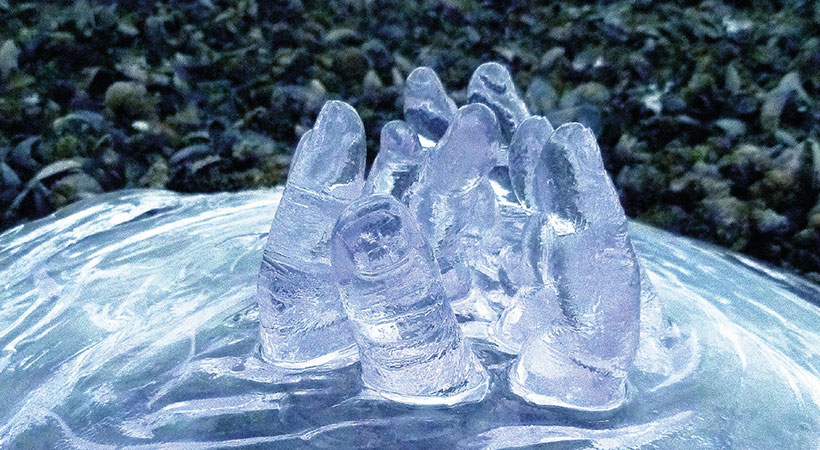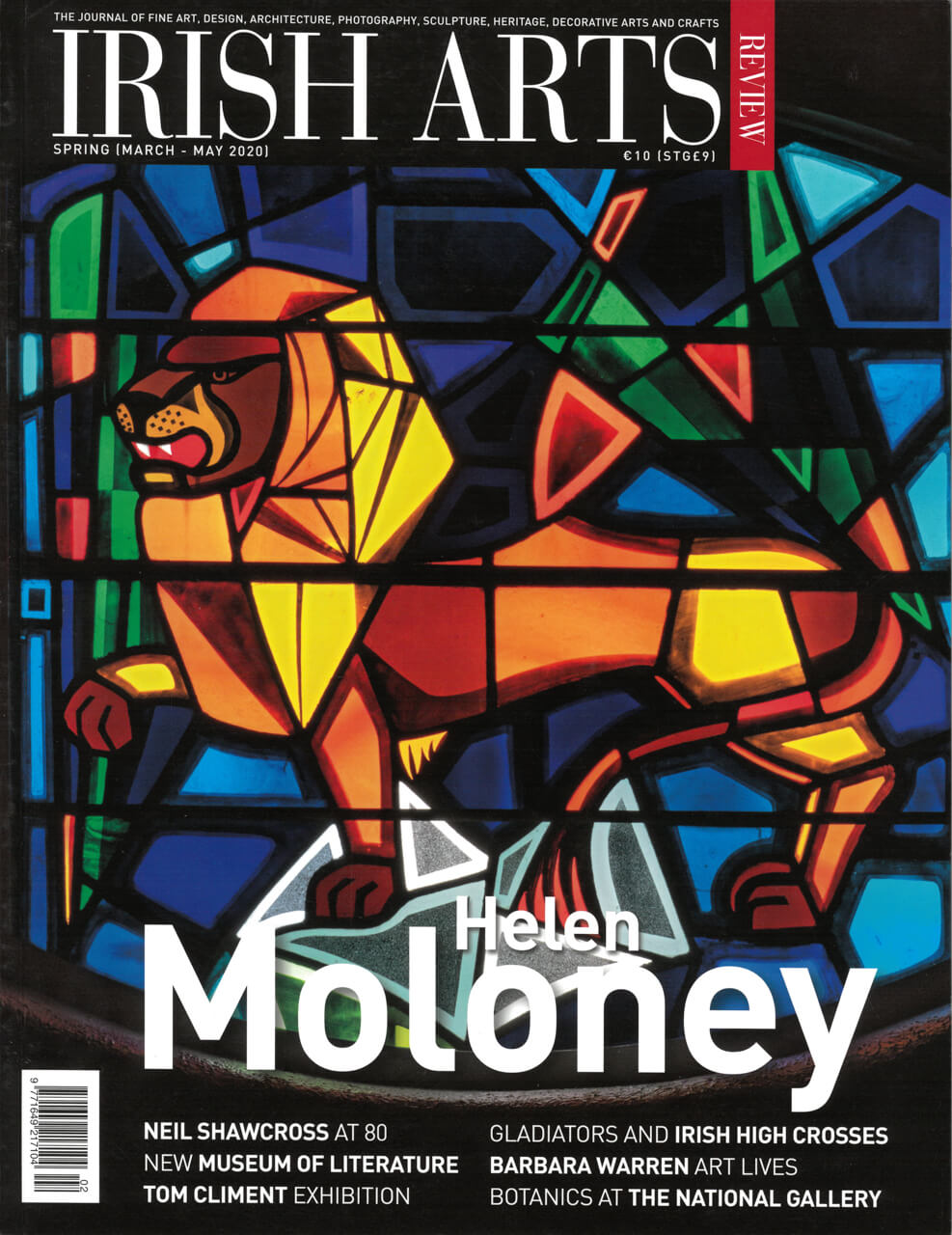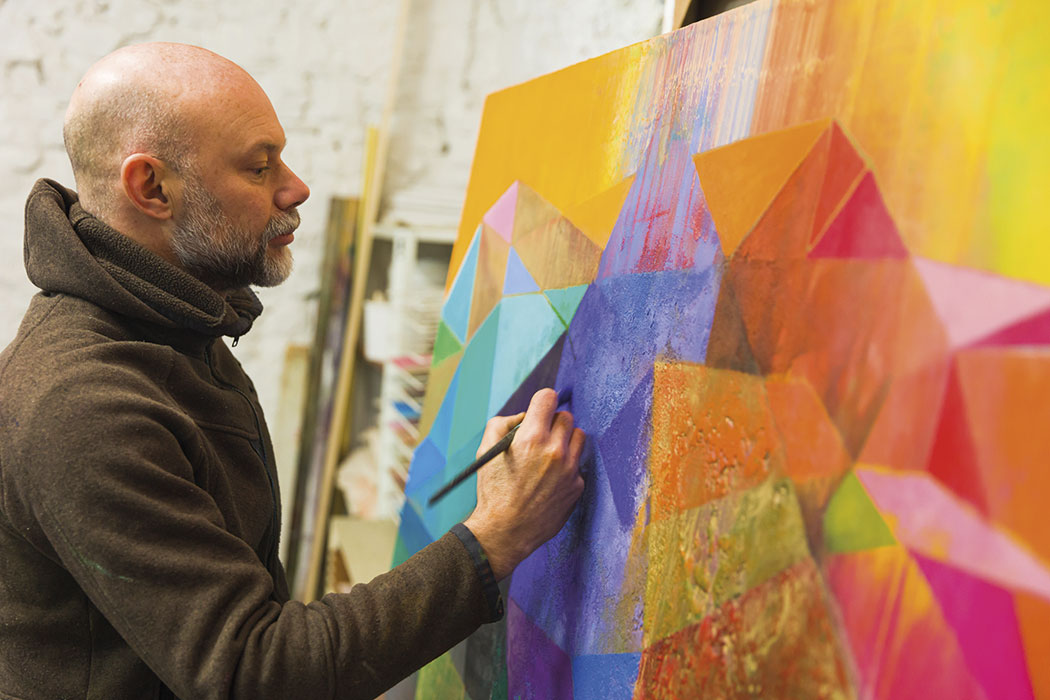The sea’s characteristics, particularly its unpredictability and perpetual rhythm, continuously inspire, Alva Gallagher tells Carissa Farrell

[slider_pro id=”319″]
The sea’s characteristics, particularly its unpredictability and perpetual rhythm, continuously inspire, Alva Gallagher tells Carissa Farrell
A childhood spent sailing and scuba diving off the coast of Donegal has hard-wired an instinct to consistently return to the theme of the sea and marine life, which lies at the core of Alva Gallagher’s work. As she says: ‘I began to explore the deep sea at a young age and adore the solitude and sense of calm experienced in the depths of the water.‚’
Gallagher pursues her sculptural practice mainly (but not exclusively) through the medium of cast glass – she also works in steel, bronze, copper and cast Portland. The material qualities of glass production easily lend themselves to uncanny representations of water and aquatic life, but things get tricky if you push glass into the realm of figurative or abstract expression. Putting aside questions about fine craft versus fine art, bringing glass as a medium into artistic practice poses great risk and a demand for deeply felt intuition that recognises the pitfalls of being derivative. Material culture has baggage that needs to be unpacked and, whether consciously or not, Gallagher achieves this through her reflex to seek immersion rather than representation through glass.
To read this article in full, subscribe or buy this edition of the Irish Arts Review
A childhood spent sailing and scuba diving off the coast of Donegal has hard-wired an instinct to consistently return to the theme of the sea and marine life, which lies at the core of Alva Gallagher’s work. As she says: ‘I began to explore the deep sea at a young age and adore the solitude and sense of calm experienced in the depths of the water.’ Gallagher pursues her sculptural practice mainly (but not exclusively) through the medium of cast glass – she also works in steel, bronze, copper and cast Portland. The material qualities of glass production easily lend themselves to uncanny representations of water and aquatic life, but things get tricky if you push glass into the realm of figurative or abstract expression. Putting aside questions about fine craft versus fine art, bringing glass as a medium into artistic practice poses great risk and a demand for deeply felt intuition that recognises the pitfalls of being derivative. Material culture has baggage that needs to be unpacked and, whether consciously or not, Gallagher achieves this through her reflex to seek immersion rather than representation through glass.


The legacy of stained-glass artist Helen Moloney is in the vibrancy of her colours and her use of coloured glass and lead lines in an abstract manner, writes Bart Felle

Tom Climent’s recent paintings appear to edge more and more away from pure abstraction, writes Mark Ewart

Margo Banks is so instinctively attuned to her subject that her energetic approach and her subject matter are inseparable, writes Isabella Evangelisti